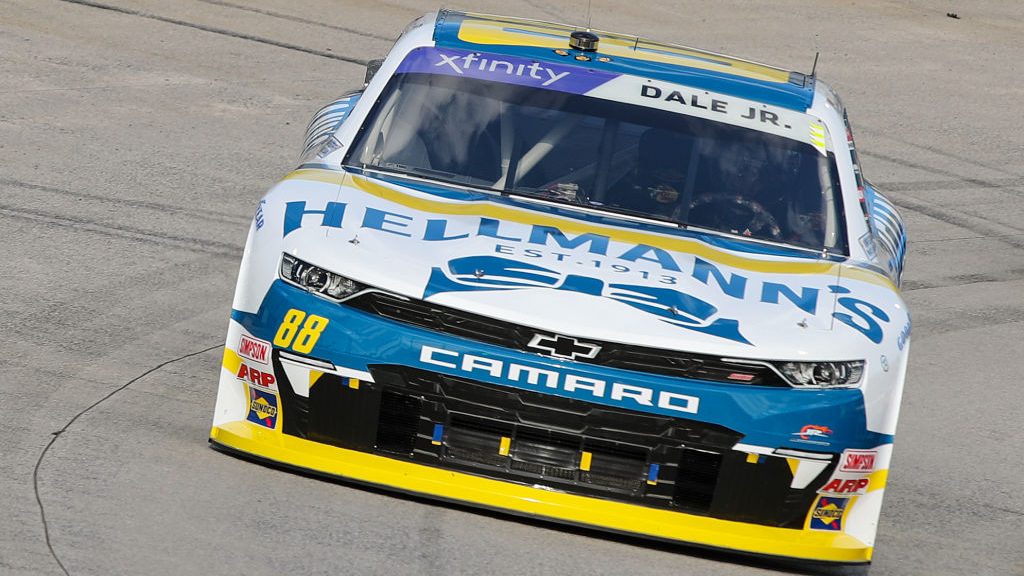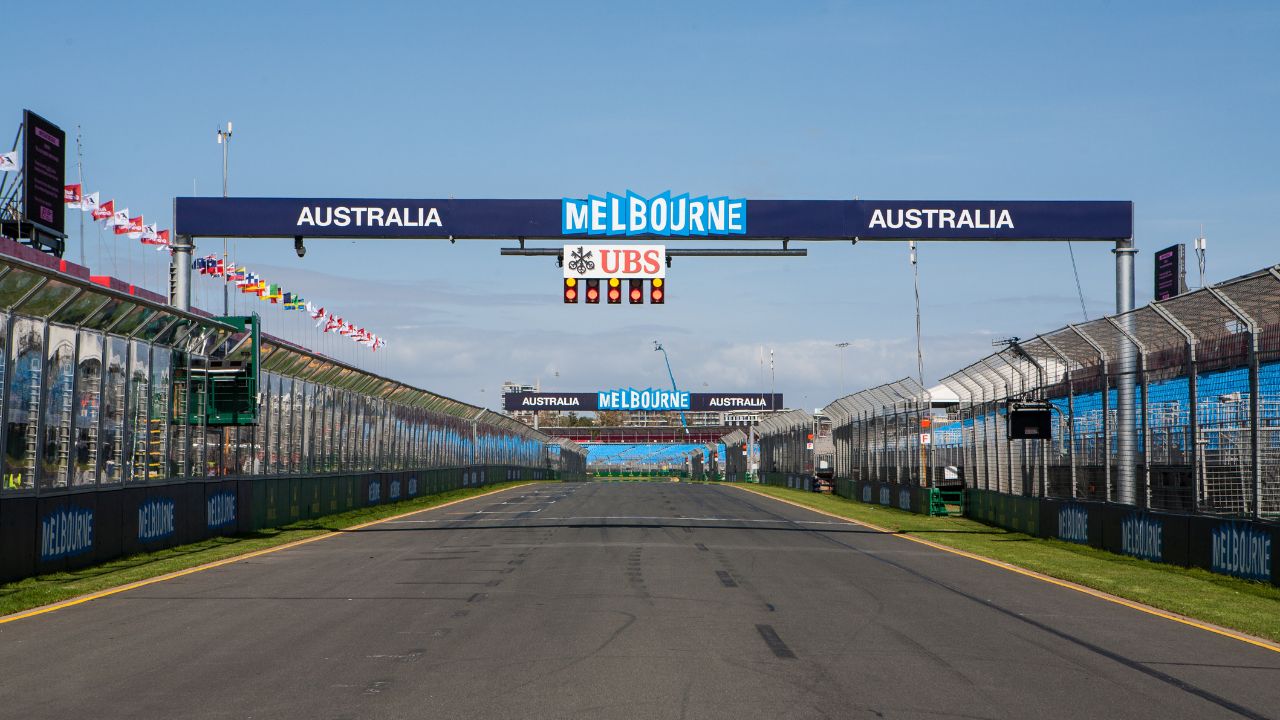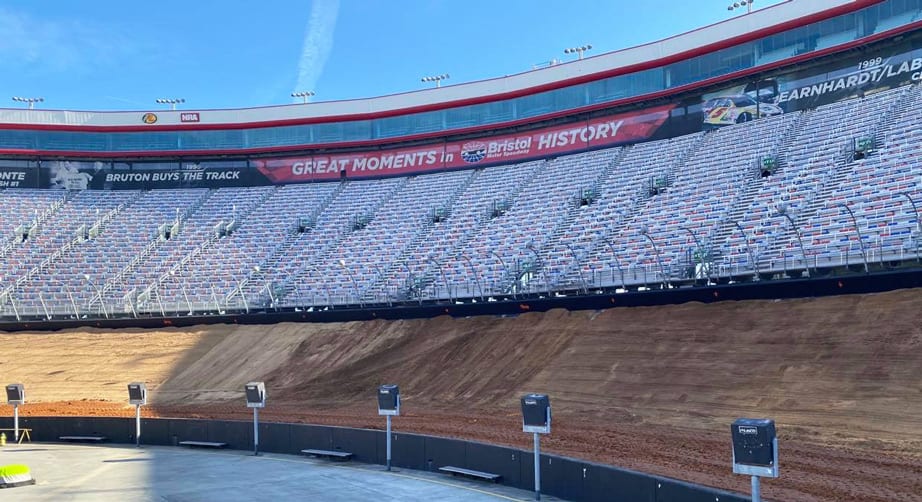
If you're considering entering a motorcycle ice race, you've come to the right place. You'll find tips about Indoor ice racing, Studded ice races, and Safety gear. Plus, you'll learn about the rules and regulations for motorcycle ice racing. This article outlines some of the most important considerations for motorcycle ice racing. You need to think about safety gear, tire selections, appropriate riding attire and proper motorcycle tires, regardless of whether you are racing on studded or open ice.
AMA-sanctioned motorcycle icerace
Two events will be held in Wisconsin by organizers for an AMA-sanctioned motorbike road race. The events will be held three week apart, with both offering the opportunity to compete at a coveted AMA1 Plate. Both events will take place at the Kettle Moraine Late track, designed by AMA Motorcycle Hall of Famer Jeff Fredette.
AMA-sanctioned motorcycling events follow a set AMA Congress approved rules. This is the organization responsible for setting the racing rules in AMA-sanctioned competitions. AMA members receive special discounts from dozens of well-known suppliers. They also receive free entry in AMA sanctioned motorcycle ice-racing events. So how do you qualify for a spot on a national championship? For more information, please read on.

Studded ice racing
Studded motorcycle ice racing is a type of ice-racing for motorcycles. Motorcycles must have a tire stud to be able to compete in a studded racing ice race. This usually means that a stud of 1220 inches must be fitted to the rear tire, and a stud of 550 inches on the side. During regulations, studded motorcycles must use a stud-studded tire, but for non-regulated races, they can use cement screws.
There are two main types of ice tire: studded or without studs. Typically, ice tires are made from motocross or street bike tires. The latter type has a higher profile and allows for longer studs. This type of motorcycle tire, however, is not ideal for ice-racing and can lose screws at high speeds. Ice race organizers inspect tires thoroughly before events to ensure they meet the requirements of the sport.
Indoor ice racing
If you think about flat track racing, you might think about the X Games and the Supercross. These specialized races are quite similar but far more dangerous. Remer's Series (or ICE) features high-performance factory-made motorcycles, and some of the most skilled riders around. They are capable of doing tricks and flips in extreme finesse and resemble Mad Max Beyond Thunderdome.
Indoor ice racing, while speedway motorcycle racing was established over 80 years ago is relatively new. Some have misunderstood its history while others have misinterpreted it. The sport has a long history. In 1923, West Maitland (New South Wales) hosted the first race. It has since evolved to an exciting new sport that has won fans all over the globe.

Safety equipment
Ice racing requires extreme courage and sharp spikes. This sport is very dangerous and riders must be focused on their track at all times. The majority of motorcycle ice racesrs have their own style and are well-versed in the deathliest competitors. These are some safety equipment tips. For safety, the motorcycle should be equipped with a full-face helmet as well as reflectors. The helmet must be padded and comfortable, and it must also have plenty of space to move around.
Also, the helmet should have an inner removable for washing and allowing air flow. The helmet should fit comfortably on the head. The helmet also has ventilation and fluid system. A motorcycle rider will generally carry three or four helmets over the course of the race weekend. Some riders use full-face helmets, while others use gauntlets. Proper equipment will protect you from injury from falling or colliding with your opponent.
FAQ
What makes a race car driver use these cars?
Modern-day race cars are usually powered by engines. These engines look similar to the ones found in passenger cars.
But instead of using petrol, they run on compressed air.
What type of cars is used in racing cars, and why?
The most important thing for any race car driver is speed. It is what makes them go fast. They must be fast enough and strong enough not to lose the lead. This gives them an edge over other racers because they can easily overtake others at high speed and then pull away from them when they're not looking.
The fastest cars are usually very lightweight. They can accelerate quickly and achieve a high speed. But this also means that they have less energy, which can limit how far they can travel in short periods of time. This means they have to be efficient with their energy.
Engines power most modern-day racing cars. These are similar to those found in normal passenger vehicles. These engines use compressed air instead of petrol. This is because petrol isn't powerful enough to provide enough power to make a car go very fast.
What's the point of car racing?
Car racing's primary purpose is to entertain spectators by watching cars move around a track at high speeds. It's also an opportunity for drivers to show off their skills and compete against each other.
Who is the inventor of car racing?
Charles Brady King, who in 1896 built Long Island's first automobile racecourse. July 4th was the day that the first auto race took part.
Which car racing track is the fastest?
F1 Grand Prix is a championship for the fastest car racing. F1 is the designation for the highest level competition in motorsport. It is made up of 10 teams representing different parts of the globe. Each team has 2 to 3 drivers.
Statistics
- In 2009, the slick tires returned as a part of revisions to the rules for the 2009 season; slicks have no grooves and give up to 18% more contact with the track. (en.wikipedia.org)
- According to Toyota, the 390-hp-plus 2019 Yaris WRC runs out of gearing after 124 mph, 19 mph less than the crazy Yaris GR that's currently sitting on dealer lots outside of the U.S. BONUS: (motortrend.com)
- Forget the 200-mph battles of the late 1980s; no one, not even McLaren itself, predicted the inimitable F1 would go as fast as it did. (motortrend.com)
- Acceleration is a little gentler (relatively speaking) too, with 0-100km/h taking an estimated 3.1 seconds and 0-200km/h covered in 7.8 seconds. (autosport.com)
- According to AutoSport, IndyCar's top speeds are 380km/h or 236 mph. (motorbiscuit.com)
External Links
How To
How to get around corners quickly
During a race, you want to get your car out of the way of others so you can go faster. This means that everyone must turn before you. This will ensure that everyone behind you is unable to see what's happening ahead. You will also avoid being in an accident with cars coming from all directions. How do you turn fast?
First, understand where you are going. If you don't know where you're headed, you'll probably be somewhere completely unexpected. It's why planning is so important. To see where you are going at any particular moment, make a map. It might seem like a lot of work, but if you've got a good idea of where you're trying to go, it will save you lots of headaches later.
Next, you should figure out when you're going to start turning. Start by going around the first corner. Once you have completed the first corner, your starting point will be known. You will now have to decide whether or not you'll use either the inside or the exterior lane.
If you plan to use the inside lane, wait until there is no traffic ahead of you. Then you'll be able to move quickly without worrying about hitting someone. Once you've entered the inside lane, it is important to stay there. Do not allow yourself to drift back into the outside lanes. If you do so, you may hit someone moving slowly. Keep in mind that if you cross the line dividing the two lanes, you'll lose control of your vehicle and become vulnerable to crashes.
Once you have chosen the lane, it's time to decide where to turn. There are many options for tackling this problem. Some prefer to search for a gap between traffic. Others will look for a clear opening on the road. Still, others look for a point where the road curves around a hill or mountain. You need to ensure that you don't block the entire road, regardless of what you do. You'll cause traffic jams throughout the town if this happens.
Once you have chosen a place to turn, decide if you will be taking a sharp left or a gradual turn. A sharper turn is more difficult than a gradual. It takes more effort and takes more time. On top of that, it makes it harder to steer your car properly. This is why most drivers prefer gradual turns.
Finally, you must accelerate only enough to pass the car in front. If you accelerate too fast, it will result in crashing into its bumper. Accelerating too fast will cause you to skid on the road. You'll lose control and your car will crash. To avoid this scenario, you need to accelerate gradually. Begin with very low acceleration and gradually increase it as you approach the edge of the road.
You must slow down as soon as you have completed cornering. This is especially true when driving in heavy traffic. Otherwise, you'll risk running someone over.